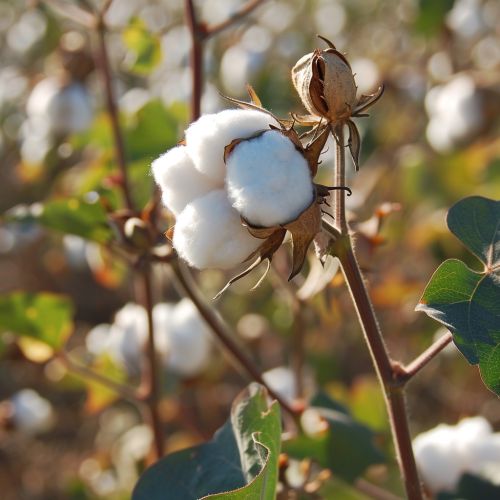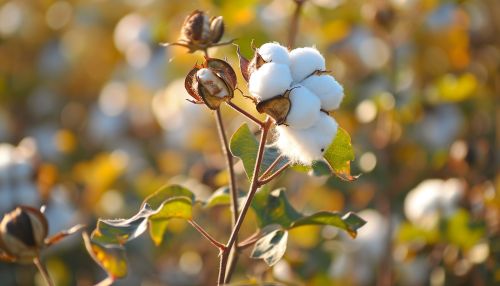Bt cotton
Introduction
Bt cotton is a genetically modified organism (GMO) or genetically modified pest resistant plant cotton variety, which produces an insecticide to combat bollworm. Stands for Bacillus thuringiensis, a bacterium that produces toxins harmful to a variety of insects, including bollworms, beetles, mosquitoes, and flies. The genes from the bacteria are transferred into the cotton plant in order to provide resistance to pests, thus reducing the need for chemical pesticides.
History
The concept of Bt cotton was first introduced in the early 1990s by a biotechnology company, Monsanto. The company's scientists successfully inserted a gene from the bacterium Bacillus thuringiensis into the DNA of cotton plants. This gene enabled the cotton plant to produce its own insecticide, providing protection against many common pests, particularly the cotton bollworm. The first commercial release of Bt cotton occurred in 1996 in the United States. Since then, it has been adopted by many countries including India, China, and Australia.
Genetic Modification Process
The process of creating Bt cotton involves the use of recombinant DNA technology. A specific gene from the bacterium Bacillus thuringiensis is isolated and inserted into the DNA of the cotton plant. This gene codes for a protein that is toxic to certain insects, such as the cotton bollworm. When these insects consume the Bt cotton plant, the toxic protein is activated in their digestive system, causing them to die. This genetic modification provides the cotton plant with an internal defense mechanism against pests.
Varieties of Bt Cotton
There are several varieties of Bt cotton available in the market today. These include single-gene and double-gene varieties. Single-gene Bt cotton contains one Bt gene, while double-gene Bt cotton contains two different Bt genes. The double-gene variety provides a broader spectrum of pest resistance and reduces the likelihood of pests developing resistance to the Bt toxin.
Benefits of Bt Cotton
Bt cotton offers several benefits over traditional cotton. It reduces the need for chemical pesticides, which not only lowers production costs but also lessens the environmental impact of cotton farming. Bt cotton also offers better pest control, leading to higher yields and improved quality of the cotton. Furthermore, Bt cotton reduces the exposure of farmers and their families to harmful pesticides.
Controversies and Criticisms
Despite its benefits, Bt cotton has also been the subject of controversy and criticism. Some environmentalists and scientists have raised concerns about the potential risks of GMOs, including the possibility of pests developing resistance to the Bt toxin, the potential impact on non-target organisms, and the potential for gene flow to wild relatives of cotton. There have also been socio-economic concerns, particularly in developing countries, where farmers may not be able to afford the higher cost of Bt cotton seeds.
Future Prospects
The future of Bt cotton depends on ongoing research and development, regulatory policies, and public acceptance of genetically modified crops. Advances in biotechnology may lead to the development of new varieties of Bt cotton with improved pest resistance and other beneficial traits. However, the success of Bt cotton will also depend on addressing the concerns and criticisms associated with its use.


